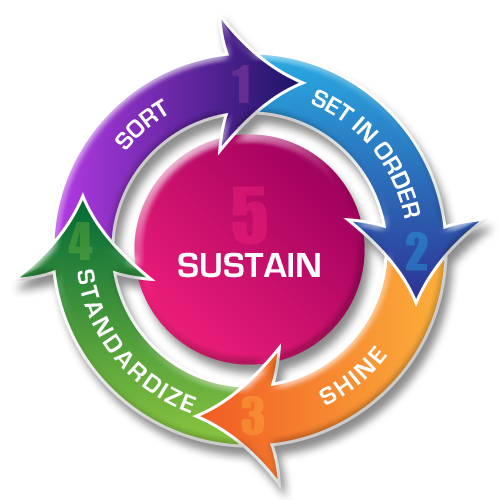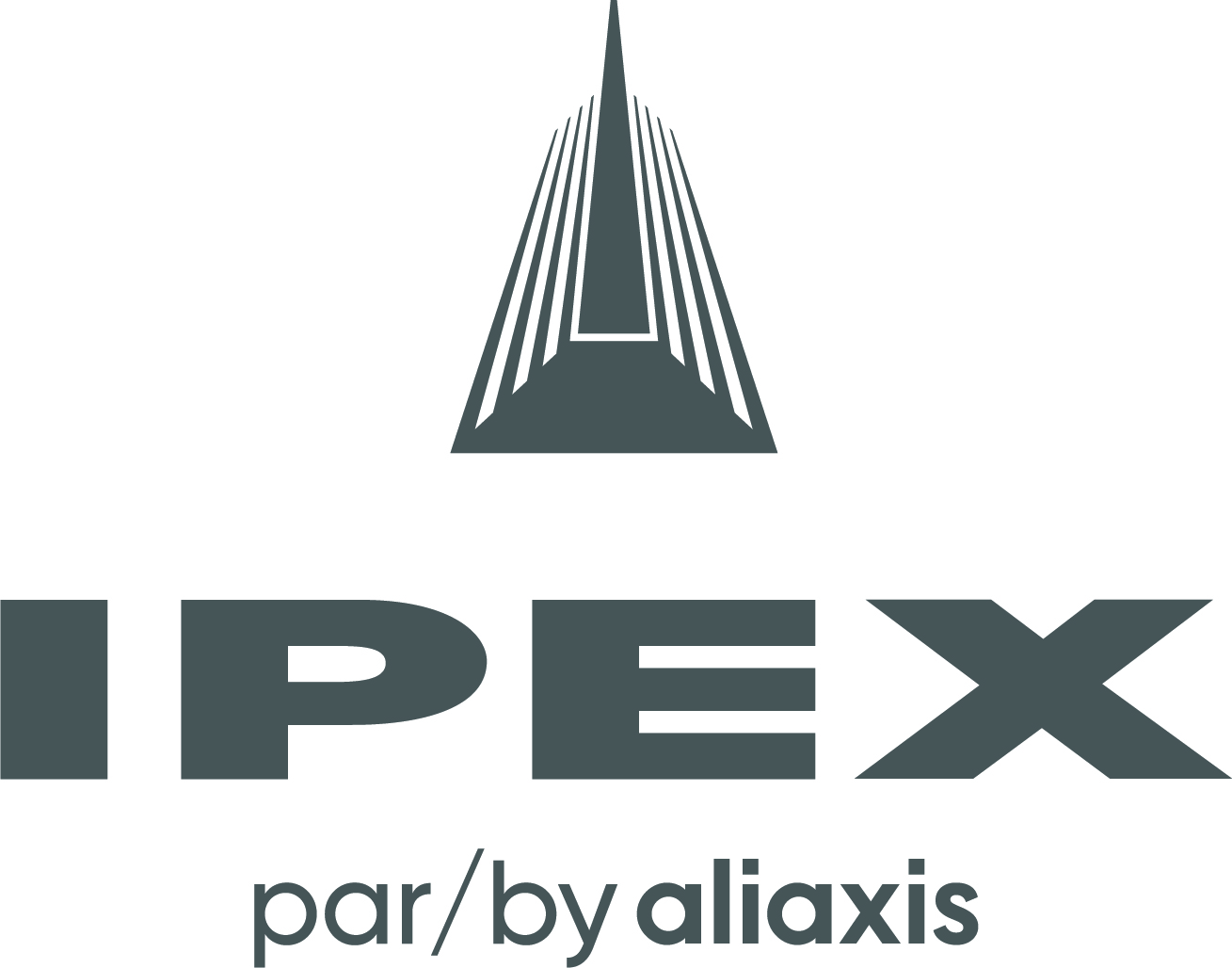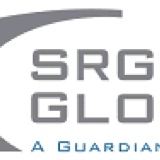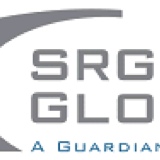Title Page
-
Plant Name & Quarter Audit (ex. Richmond Beverage Q1 5S Audit)
-
Quarterly 5S Audit
-
Plant Name
-
Conducted on
-
Auditor
-
Location
-
Present During Audit:
GENERAL PLANT
1-SORT (Distinguish between what is needed and not needed)
-
1) The area is clear of unnecessary PC’s, laptops, printers & equipment.
- 0 - There is no evidence of activity being done
- 1 - There is very minimal evidence that any sort of 5S activity has occurred
- 2 - Activity is taking place, yet there is no consistency or sustained effort visible
- 3 - There is evidence of heightened activity, although improvements can be made
- 4 - Significant 5S progress has been made
- 5 - Currently meets 5S expectations
-
COMMENT:
-
Add media
-
2) The area is clear of unnecessary inventory/WIP.
- 0 - There is no evidence of activity being done
- 1 - There is very minimal evidence that any sort of 5S activity has occurred
- 2 - Activity is taking place, yet there is no consistency or sustained effort visible
- 3 - There is evidence of heightened activity, although improvements can be made
- 4 - Significant 5S progress has been made
- 5 - Currently meets 5S expectations
-
COMMENT:
-
Add media
-
3) The area is clear of any unnecessary/personal stationery materials.
- 0 - There is no evidence of activity being done
- 1 - There is very minimal evidence that any sort of 5S activity has occurred
- 2 - Activity is taking place, yet there is no consistency or sustained effort visible
- 3 - There is evidence of heightened activity, although improvements can be made
- 4 - Significant 5S progress has been made
- 5 - Currently meets 5S expectations
-
COMMENT:
-
Add media
-
4) The area is clear of documents that are not essential, duplicate and or out of date documents.
- 0 - There is no evidence of activity being done
- 1 - There is very minimal evidence that any sort of 5S activity has occurred
- 2 - Activity is taking place, yet there is no consistency or sustained effort visible
- 3 - There is evidence of heightened activity, although improvements can be made
- 4 - Significant 5S progress has been made
- 5 - Currently meets 5S expectations
-
COMMENT:
-
Add media
-
5) The general area is clear of personal items.
- 0 - There is no evidence of activity being done
- 1 - There is very minimal evidence that any sort of 5S activity has occurred
- 2 - Activity is taking place, yet there is no consistency or sustained effort visible
- 3 - There is evidence of heightened activity, although improvements can be made
- 4 - Significant 5S progress has been made
- 5 - Currently meets 5S expectations
-
COMMENT:
-
Add media
-
6) The aisles & adjacent floor areas are clear of non-essential items.
- 0 - There is no evidence of activity being done
- 1 - There is very minimal evidence that any sort of 5S activity has occurred
- 2 - Activity is taking place, yet there is no consistency or sustained effort visible
- 3 - There is evidence of heightened activity, although improvements can be made
- 4 - Significant 5S progress has been made
- 5 - Currently meets 5S expectations
-
COMMENT:
-
Add media
2-SET (Have a place for everything and everything in its place)
-
7) Necessary PC’s, laptops, printers & equipment identified, location defined, & stored in correct place.
- 0 - There is no evidence of activity being done
- 1 - There is very minimal evidence that any sort of 5S activity has occurred
- 2 - Activity is taking place, yet there is no consistency or sustained effort visible
- 3 - There is evidence of heightened activity, although improvements can be made
- 4 - Significant 5S progress has been made
- 5 - Currently meets 5S expectations
-
COMMENT:
-
Add media
-
8) Necessary inventory / WIP (electronic and hard copy) identified, location defined, & stored in correct place.
- 0 - There is no evidence of activity being done
- 1 - There is very minimal evidence that any sort of 5S activity has occurred
- 2 - Activity is taking place, yet there is no consistency or sustained effort visible
- 3 - There is evidence of heightened activity, although improvements can be made
- 4 - Significant 5S progress has been made
- 5 - Currently meets 5S expectations
-
COMMENT:
-
Add media
-
9) Necessary stationery materials identified, location defined, & stored in correct place.
- 0 - There is no evidence of activity being done
- 1 - There is very minimal evidence that any sort of 5S activity has occurred
- 2 - Activity is taking place, yet there is no consistency or sustained effort visible
- 3 - There is evidence of heightened activity, although improvements can be made
- 4 - Significant 5S progress has been made
- 5 - Currently meets 5S expectations
-
COMMENT:
-
Add media
-
10) Necessary documentation identified (electronic and hard copy), locations defined & stored in correct place.
- 0 - There is no evidence of activity being done
- 1 - There is very minimal evidence that any sort of 5S activity has occurred
- 2 - Activity is taking place, yet there is no consistency or sustained effort visible
- 3 - There is evidence of heightened activity, although improvements can be made
- 4 - Significant 5S progress has been made
- 5 - Currently meets 5S expectations
-
COMMENT:
-
Add media
-
11) Aisles & all aspects of work areas are clearly defined.
- 0 - There is no evidence of activity being done
- 1 - There is very minimal evidence that any sort of 5S activity has occurred
- 2 - Activity is taking place, yet there is no consistency or sustained effort visible
- 3 - There is evidence of heightened activity, although improvements can be made
- 4 - Significant 5S progress has been made
- 5 - Currently meets 5S expectations
-
COMMENT:
-
Add media
-
12) No employees are hidden from view or boxed in with cabinets, inventory, or equipment.
- 0 - There is no evidence of activity being done
- 1 - There is very minimal evidence that any sort of 5S activity has occurred
- 2 - Activity is taking place, yet there is no consistency or sustained effort visible
- 3 - There is evidence of heightened activity, although improvements can be made
- 4 - Significant 5S progress has been made
- 5 - Currently meets 5S expectations
-
COMMENT:
-
Add media
-
13) Poor quality work is clearly identified & held away from the general area.
- 0 - There is no evidence of activity being done
- 1 - There is very minimal evidence that any sort of 5S activity has occurred
- 2 - Activity is taking place, yet there is no consistency or sustained effort visible
- 3 - There is evidence of heightened activity, although improvements can be made
- 4 - Significant 5S progress has been made
- 5 - Currently meets 5S expectations
-
COMMENT:
-
Add media
-
14) Area is well lit, all light fittings are working, and lighting is positioned to ensure maximum benefit.
- 0 - There is no evidence of activity being done
- 1 - There is very minimal evidence that any sort of 5S activity has occurred
- 2 - Activity is taking place, yet there is no consistency or sustained effort visible
- 3 - There is evidence of heightened activity, although improvements can be made
- 4 - Significant 5S progress has been made
- 5 - Currently meets 5S expectations
-
COMMENT:
-
Add media
-
15) There are no trailing leads or other trip hazards in the area.
- 0 - There is no evidence of activity being done
- 1 - There is very minimal evidence that any sort of 5S activity has occurred
- 2 - Activity is taking place, yet there is no consistency or sustained effort visible
- 3 - There is evidence of heightened activity, although improvements can be made
- 4 - Significant 5S progress has been made
- 5 - Currently meets 5S expectations
-
COMMENT:
-
Add media
3-SHINE (Clean and look for ways to keep things clean and organized)
-
16) Adjacent aisles & floors in the area are clean and free of unnecessary items and rubbish.
- 0 - There is no evidence of activity being done
- 1 - There is very minimal evidence that any sort of 5S activity has occurred
- 2 - Activity is taking place, yet there is no consistency or sustained effort visible
- 3 - There is evidence of heightened activity, although improvements can be made
- 4 - Significant 5S progress has been made
- 5 - Currently meets 5S expectations
-
COMMENT:
-
Add media
-
17) The equipment (phones, photocopiers, pc’s, etc.) are clean & free of dust and grime.
- 0 - There is no evidence of activity being done
- 1 - There is very minimal evidence that any sort of 5S activity has occurred
- 2 - Activity is taking place, yet there is no consistency or sustained effort visible
- 3 - There is evidence of heightened activity, although improvements can be made
- 4 - Significant 5S progress has been made
- 5 - Currently meets 5S expectations
-
COMMENT:
-
Add media
-
18) There are adequate number of containers for rubbish and confidential waste that are clean & maintained.
- 0 - There is no evidence of activity being done
- 1 - There is very minimal evidence that any sort of 5S activity has occurred
- 2 - Activity is taking place, yet there is no consistency or sustained effort visible
- 3 - There is evidence of heightened activity, although improvements can be made
- 4 - Significant 5S progress has been made
- 5 - Currently meets 5S expectations
-
COMMENT:
-
Add media
-
19) The cabinets and PC documents are clean, orderly, & up to date.
- 0 - There is no evidence of activity being done
- 1 - There is very minimal evidence that any sort of 5S activity has occurred
- 2 - Activity is taking place, yet there is no consistency or sustained effort visible
- 3 - There is evidence of heightened activity, although improvements can be made
- 4 - Significant 5S progress has been made
- 5 - Currently meets 5S expectations
-
COMMENT:
-
Add media
-
20) Windows & walls do not contain unnecessary posters and documents. Needed documents are current and contain relevant material.
- 0 - There is no evidence of activity being done
- 1 - There is very minimal evidence that any sort of 5S activity has occurred
- 2 - Activity is taking place, yet there is no consistency or sustained effort visible
- 3 - There is evidence of heightened activity, although improvements can be made
- 4 - Significant 5S progress has been made
- 5 - Currently meets 5S expectations
-
COMMENT:
-
Add media
4-STANDARDIZE (Maintain and monitor the first three categories)
-
21) There is evidence of the understanding of the importance of 5S principles.
- 0 - There is no evidence of activity being done
- 1 - There is very minimal evidence that any sort of 5S activity has occurred
- 2 - Activity is taking place, yet there is no consistency or sustained effort visible
- 3 - There is evidence of heightened activity, although improvements can be made
- 4 - Significant 5S progress has been made
- 5 - Currently meets 5S expectations
-
COMMENT:
-
Add media
-
22) The area management explain why 5S is important. Interview 2 random staff members.
- 0 - There is no evidence of activity being done
- 1 - There is very minimal evidence that any sort of 5S activity has occurred
- 2 - Activity is taking place, yet there is no consistency or sustained effort visible
- 3 - There is evidence of heightened activity, although improvements can be made
- 4 - Significant 5S progress has been made
- 5 - Currently meets 5S expectations
-
COMMENT:
-
Add media
-
23) Checklists are utilized to identify ongoing maintenance /duties and the status of these sheets up-to-date.
- 0 - There is no evidence of activity being done
- 1 - There is very minimal evidence that any sort of 5S activity has occurred
- 2 - Activity is taking place, yet there is no consistency or sustained effort visible
- 3 - There is evidence of heightened activity, although improvements can be made
- 4 - Significant 5S progress has been made
- 5 - Currently meets 5S expectations
-
COMMENT:
-
Add media
5-SUSTAIN (Stick to the 5S rules)
-
24) 5S plans and action updates are clearly displayed & current.
- 0 - There is no evidence of activity being done
- 1 - There is very minimal evidence that any sort of 5S activity has occurred
- 2 - Activity is taking place, yet there is no consistency or sustained effort visible
- 3 - There is evidence of heightened activity, although improvements can be made
- 4 - Significant 5S progress has been made
- 5 - Currently meets 5S expectations
-
COMMENT:
-
Add media
-
25) Success stories are displayed and confirmed for improvement.
- 0 - There is no evidence of activity being done
- 1 - There is very minimal evidence that any sort of 5S activity has occurred
- 2 - Activity is taking place, yet there is no consistency or sustained effort visible
- 3 - There is evidence of heightened activity, although improvements can be made
- 4 - Significant 5S progress has been made
- 5 - Currently meets 5S expectations
-
COMMENT:
-
Add media
-
26) Employee 5S roles are clearly identified.
- 0 - There is no evidence of activity being done
- 1 - There is very minimal evidence that any sort of 5S activity has occurred
- 2 - Activity is taking place, yet there is no consistency or sustained effort visible
- 3 - There is evidence of heightened activity, although improvements can be made
- 4 - Significant 5S progress has been made
- 5 - Currently meets 5S expectations
-
COMMENT:
-
Add media
-
27) Department audits and subsequent improvement plans are displayed and current.
- 0 - There is no evidence of activity being done
- 1 - There is very minimal evidence that any sort of 5S activity has occurred
- 2 - Activity is taking place, yet there is no consistency or sustained effort visible
- 3 - There is evidence of heightened activity, although improvements can be made
- 4 - Significant 5S progress has been made
- 5 - Currently meets 5S expectations
-
COMMENT:
-
Add media
-
28) Work instructions and procedures are available in the workplace and are regularly reviewed/kept up to date.
- 0 - There is no evidence of activity being done
- 1 - There is very minimal evidence that any sort of 5S activity has occurred
- 2 - Activity is taking place, yet there is no consistency or sustained effort visible
- 3 - There is evidence of heightened activity, although improvements can be made
- 4 - Significant 5S progress has been made
- 5 - Currently meets 5S expectations
-
COMMENT:
-
Add media
-
29) Display boards, activity charts, notice boards etc, are up to date and regularly checked.
- 0 - There is no evidence of activity being done
- 1 - There is very minimal evidence that any sort of 5S activity has occurred
- 2 - Activity is taking place, yet there is no consistency or sustained effort visible
- 3 - There is evidence of heightened activity, although improvements can be made
- 4 - Significant 5S progress has been made
- 5 - Currently meets 5S expectations
-
COMMENT:
-
Add media










